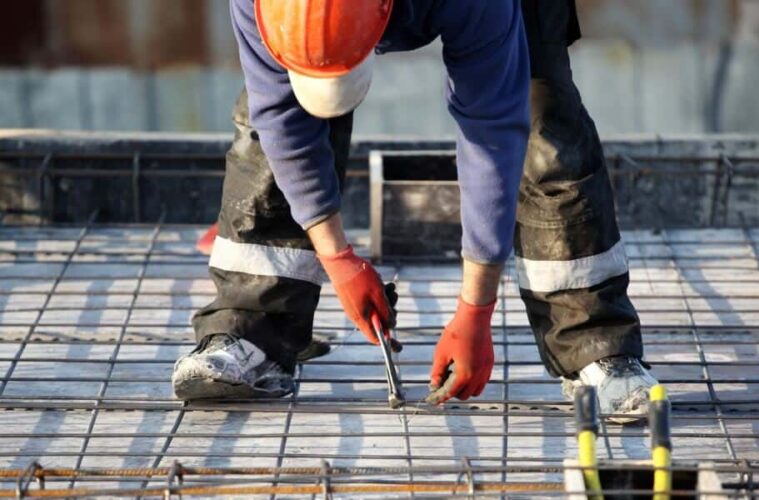Introduction
The term “reinforced concrete” refers to a mix of regular cement concrete and reinforcements. This combination is designed to use both concrete’s compressive and steel’s tensile strengths at the same moment. The phrase “reinforced” refers to the fact that the steel reinforces the concrete, making it even more durable.
This construction material must be meticulously developed. The concrete can be fragile and prone to failure if it is not adequately strengthened. Reinforced concrete can be molded and shaped in ways that other materials cannot, allowing for creative and visually appealing design.
Reinforced concrete is a common construction material because it is sturdy, pleasant to operate with, adaptive, versatile, long-lasting, and cost-effective.
Benefits of Reinforced concrete –
Economical
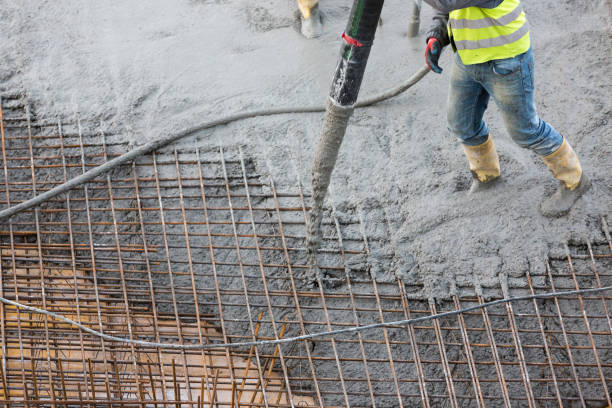
source: Reinforced Concrete
Concrete elements are generally available and affordable all around the world. Concrete, on the other hand, has a very low manufacturing cost. Because of the long-lasting character of reinforced concrete, there seems to be an overall price savings when employing it.
Reinforced concrete constructions lower operating expenses associated with operational energy usage, upkeep, and disaster recovery.
Versatility
Concrete can be poured into a variety of shuttering or formwork combinations on the building site to create specific patterns, forms, surfaces, textures, and sizes. This is due to the fact that fresh concrete is liquid and flowable. As a result, it is better suited to architectural needs.
Durability
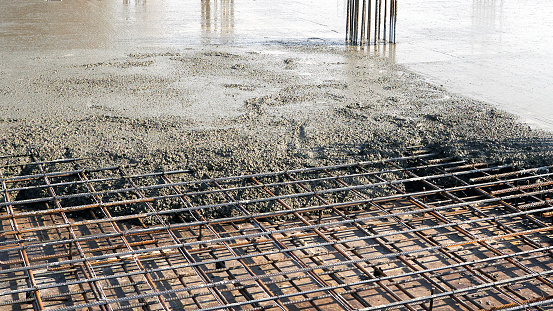
source: pinterest.com
Reinforced Concrete constructions can last a long time provided they are correctly planned and installed. This substance is unaffected by the weather and can last for up to 100 years.
Concrete can withstand chemicals mixed with water, such as sulphates, chloride, and co2, which can induce rust in concrete, without substantial damage, thanks to its low porosity.
And that’s why reinforced concrete is perfect for constructing buildings, pipelines, bridges, waterways, liners, and shoreline projects that are submerged or submerged underwater.
Fire Retardancy
Concrete’s nature prevents it from catching fire or burning. It can endure heat for 2–6 hours, giving firefighters enough time to put out a fire. Reinforced concrete buildings are much more fire proof than steel and wood, which are commonly used building supplies. It can be utilised in high-temperature and blast situations and is excellent for fireproof steel.
Ductility
Steel reinforcement makes reinforced concrete constructions more ductile. If a reinforced concrete component is overloaded, ductility allows it to reveal signs of discomfort such as breaking and bending. Engineers can then explore appropriate methods to prevent further concrete deterioration.
Waste Consumption and Recycling Capability
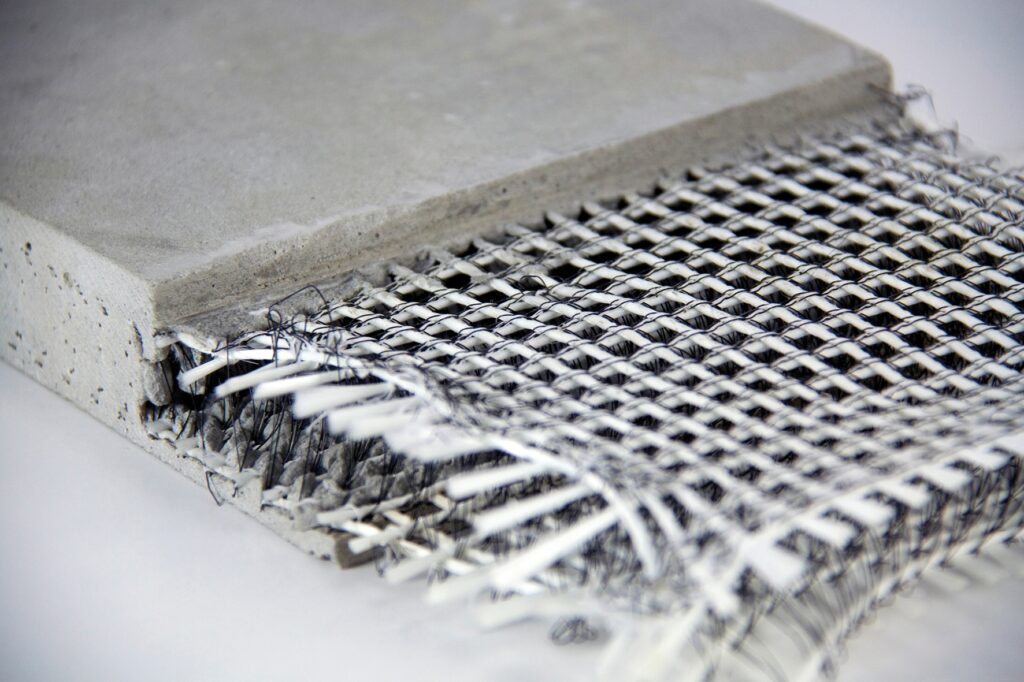
source: pinterest.com
Several hazardous wastewater and by-products, including fly ash, slag (also known as GGBFS or ground granulated blast-furnaces slag), waste glass, and even ground car tyres, can be repurposed to replace cement, aggregate, and supplemental materials.
As a result, concrete production decreases environmental effects from industrial effluents and enhances concrete properties, ensuring that the structure’s integrity is not affected.
Application with Multiple Modes
Concrete’s versatility to be employed in a variety of application approaches is one of its most significant advantages. Concrete is done by hand, poured, pumped, blasted, grouted, and shotcrete and tunnels are examples of advanced applications.
Requirment of less specialization
In comparison to the usage of steel in structures, reinforced concrete involves less specialised labour for erection, resulting in lower costs and shorter construction time.
Disadvantages of Reinforced concrete –
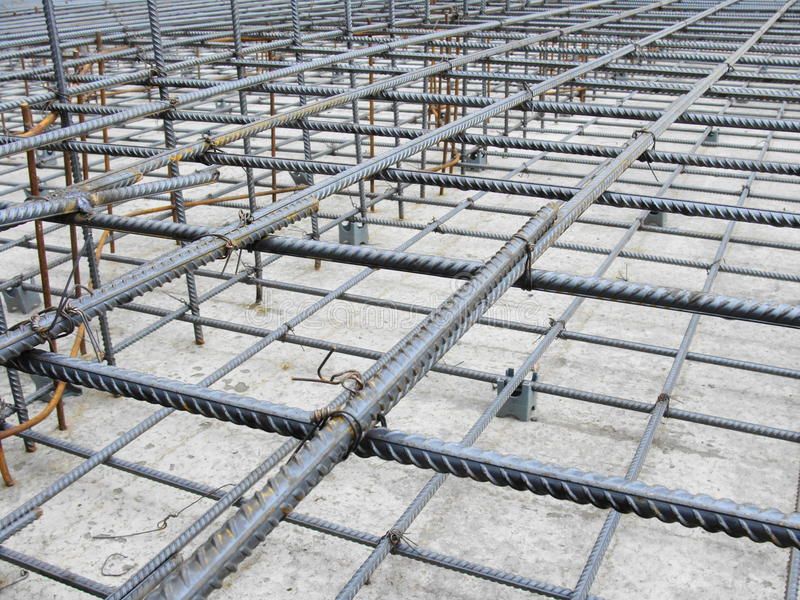
source: structuralguide.com
- Reinforced concrete’s tensile strength is somewhere around tenth of its strength properties.
- Combining, casting, and curing are the three primary phases in employing reinforced concrete. Everything has an impact on the final strength.
- The forms used to cast RC are significantly more expensive.
- Because of contraction and creep in freshly laid concrete and solidified concrete, the likelihood of cracking in concrete increases as a result of reinforcement.
- If aggregate spacing is not properly spaced, weak linkages between steel and concrete will develop, and if either steel or concrete breaks, the entire structure will collapse.
- RCC column sections are bigger than steel column sections for multi-story buildings because RCC has a lower compressive strength.
- Shrinkage leads to the formation of cracks and a loss of strength.
- The “time of construction” is the first and most important component that raises the cost of a typical project. In the case of reinforcement, the construction time grows.
- Because steel is present in reinforced concrete, it can readily corrode.
- Concrete is a homogenous substance, whereas steel is a heterogeneous mixture. As a result, if both materials are utilised together, quality monitoring will be extremely difficult.
What is Commercial concrete and Domestic concrete?
Commercial concrete
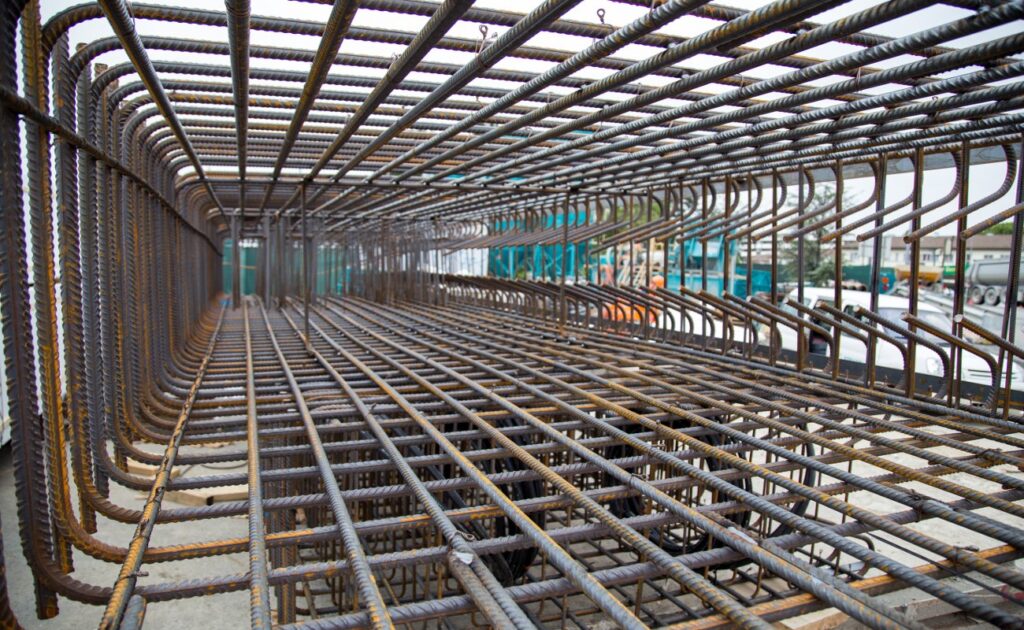
source: allplan.com
This concrete is used to produce or improve business operations, industrial sites, factories, and retail stores as part of a construction project. Commercial concrete can be found in many places in a typical structure, including walls, floors, and even architectural elements.
Commercial concrete would have been used extensively in the construction of the vast majority of commercial structures. When employed on a construction site, it offers numerous advantages, the most evident of which is its durability.
Domestic concrete
Although domestic or residential concrete is less in need in terms of structural strength and reliability, it is nevertheless regarded as a long-lasting building material. Domestic concrete floors and pavements typically call for a low tensile strength mix and less reinforcing than commercial concrete.
Uses of Reinforced concrete –
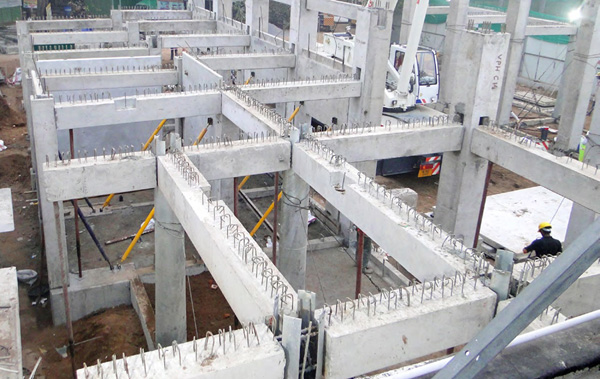
source: structville.com
- Reinforced concrete is utilised in bridges, dams, piers, towering buildings, and stadiums, among other things.
- It is often utilised in home construction for the footing and foundation of tiny dwellings.
- This compressive and tensile strength indicates that it can bear the weight of the home being built on top of it, as well as the pressure created by that weight.
Types of Reinforcement in concrete.
Steel of various sorts is commonly used as reinforcement in concrete.
The following are some examples of frequent types of reinforcement:
Mild Steel Bars: These are available in a variety of diameters and must have a certain typical strength in tension as stipulated in relevant standards. This steel bar, which is used as reinforcements, may be readily bent without splitting.
Hot Rolled Bars and Cold Worked Bars:
- The first kind has a distinctive tension strength that is nearly double that of moderate steel bars.
- They could be bent without forming faults by heating (up to 100°C), which is not achievable with typical mild steel bars.
- Cold wrought steel bars are also available in twisted or stretched shapes with extended ribs or other structures running the length of the bar.
- They also have a substantially higher characteristic strength, on the order of 425 N/mm2 compared to mild steel bars, which have a specific distribution of 250 N/mm2.
- For folding and rebending, you must not heat such bars.
Steel Fabric
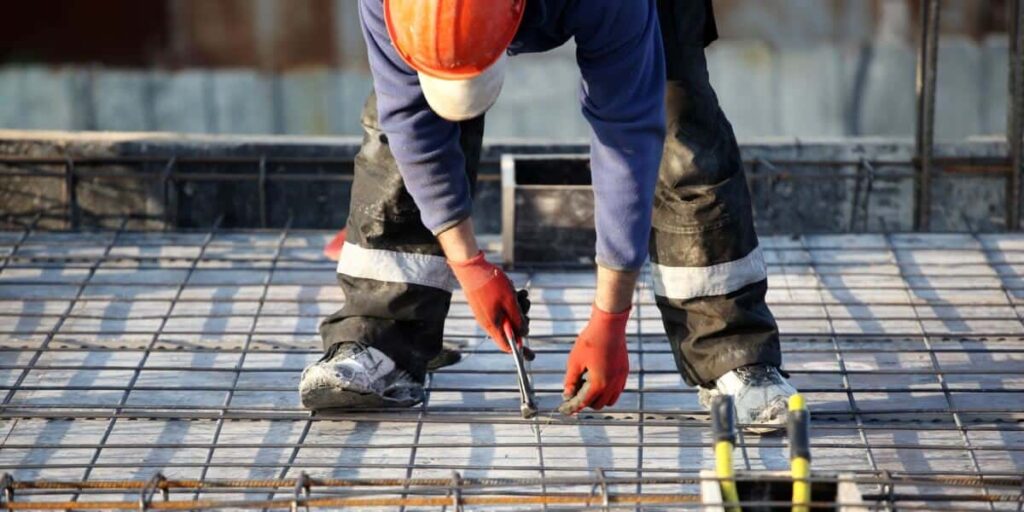
source: builderspace.com
- It is a fabric made up of various bars and wires.
- These may comprise simple round wires, recessed and distorted wires, and cold-worked deformed steel bars.
- Welding straightened lengths together with extreme care according to the standards creates the meshes from such wires. Otherwise, the mechanical qualities of the reinforcement may be compromised.
Some important things to consider regarding reinforced concrete –
If you have to work with reinforced concrete, there are a few things you should keep in mind –
- If you’re going to lay the material manually, make sure you understand what you’re doing.
- You should also make certain that the concrete is of great quality.
- You must have the necessary facilities to properly combine it, as well as the necessary skill/strength level to actually handle it/the necessary apparatus.
- Otherwise, you may need to hire a professional concrete firm to help you prepare and install the concrete and finish your construction project.
- Concrete may be a valuable asset in a variety of tasks; just make absolutely sure to use the services of reputable providers.
Wrapping up!
So, here is everything you should know about reinforced concrete. We have stated about advantages, disadvantages, uses, and types of reinforced concrete. We have helped this article have helped you!

